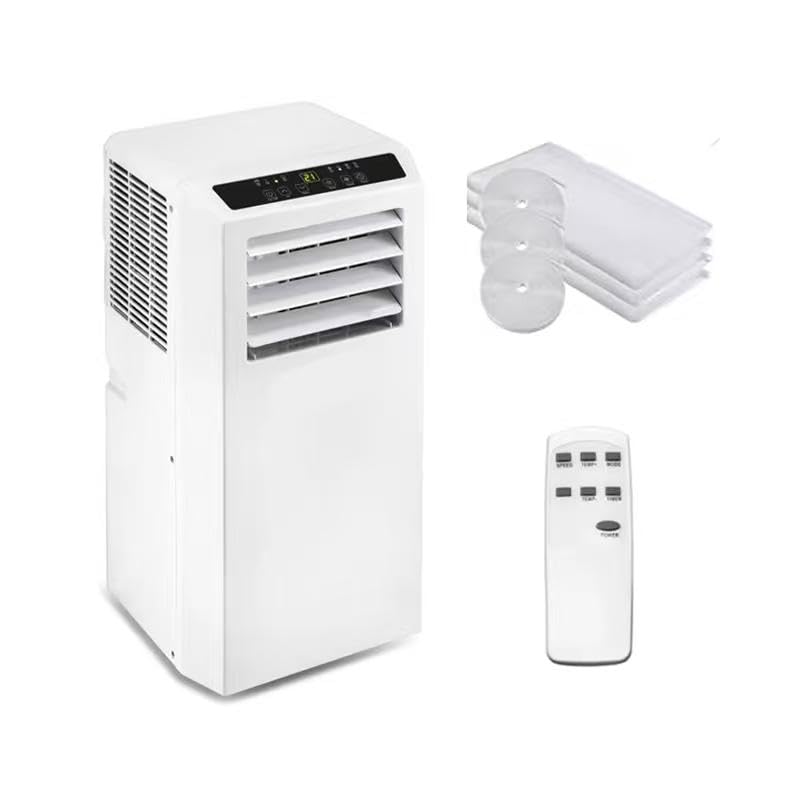The Basics of Air Conditioning Units
Air conditioning units are a common feature in both residential and commercial buildings, providing relief from the sweltering heat in the summer months. These units work by cooling the air and removing moisture, creating a comfortable and dry indoor environment. However, as the use of air conditioners continues to increase, there are concerns over the environmental impacts of these appliances.
The Environmental Impact of Air Conditioners
Air conditioners use a significant amount of energy to operate, which has a direct impact on the environment. This energy consumption leads to increased greenhouse gas emissions, which contribute to climate change. Additionally, air conditioners use refrigerants, chemicals that are even more harmful to the environment than carbon dioxide when released into the atmosphere.
The Effects on Natural Resources
The production of air conditioners requires a range of natural resources, including metals, plastics, and gases. The extraction and processing of these resources can have significant environmental impacts, including deforestation, water pollution, and increased carbon emissions. Furthermore, the disposal of air conditioners at the end of their useful life can also lead to environmental problems.
The Social Impacts of Air Conditioners
In addition to the environmental impacts, air conditioners can also have social implications. The cost of running air conditioners can be prohibitively expensive for some households, particularly in lower-income areas where energy costs consume a larger portion of household income. This can lead to the inequitable distribution of the benefits of air conditioning, particularly in areas with high temperatures and humidity levels.
The Future of Air Conditioning
As concerns over climate change and environmental degradation grow, there is increasing attention focused on developing more sustainable alternatives to traditional air conditioning units. These innovations include more energy-efficient designs, the use of natural refrigerants, and the development of passive cooling and ventilation systems. While these technologies are still in the early stages of development, they offer a promising path forward in the pursuit of sustainable cooling solutions.






